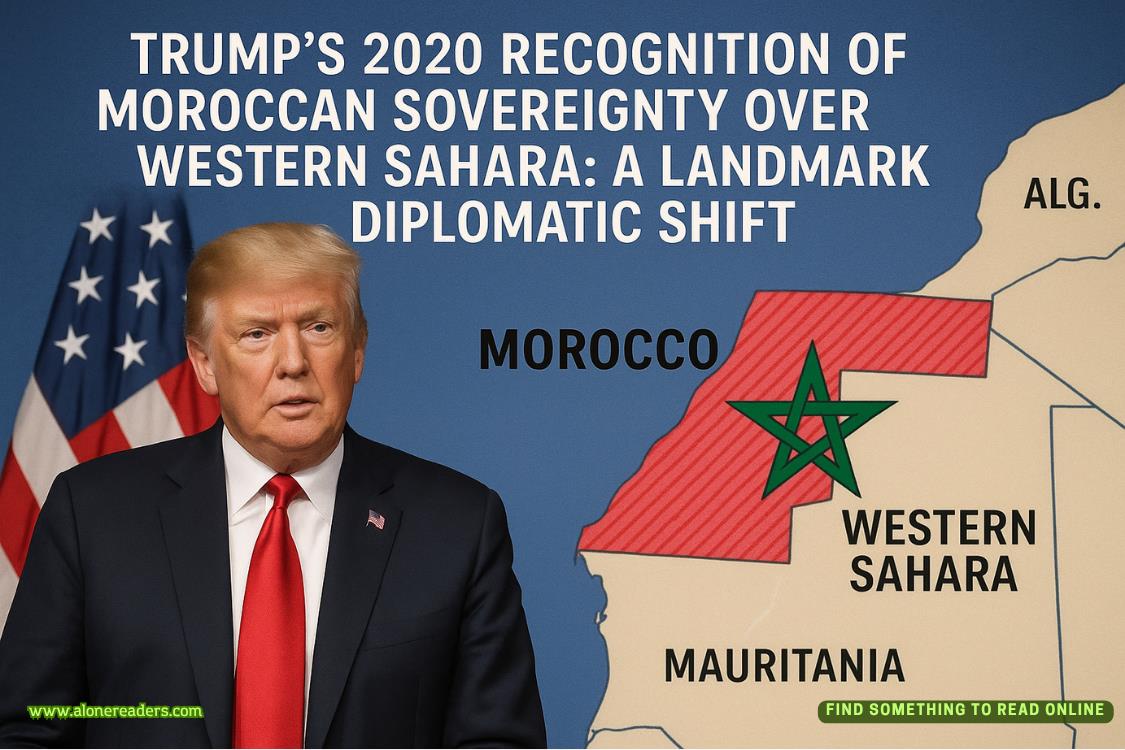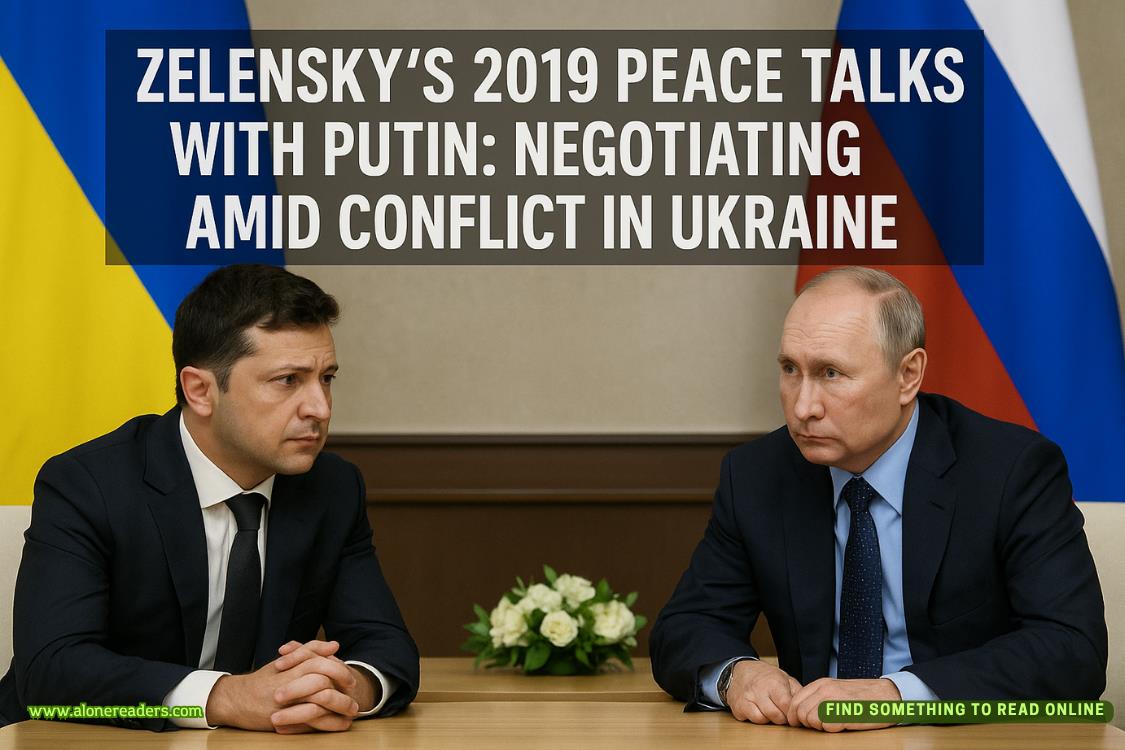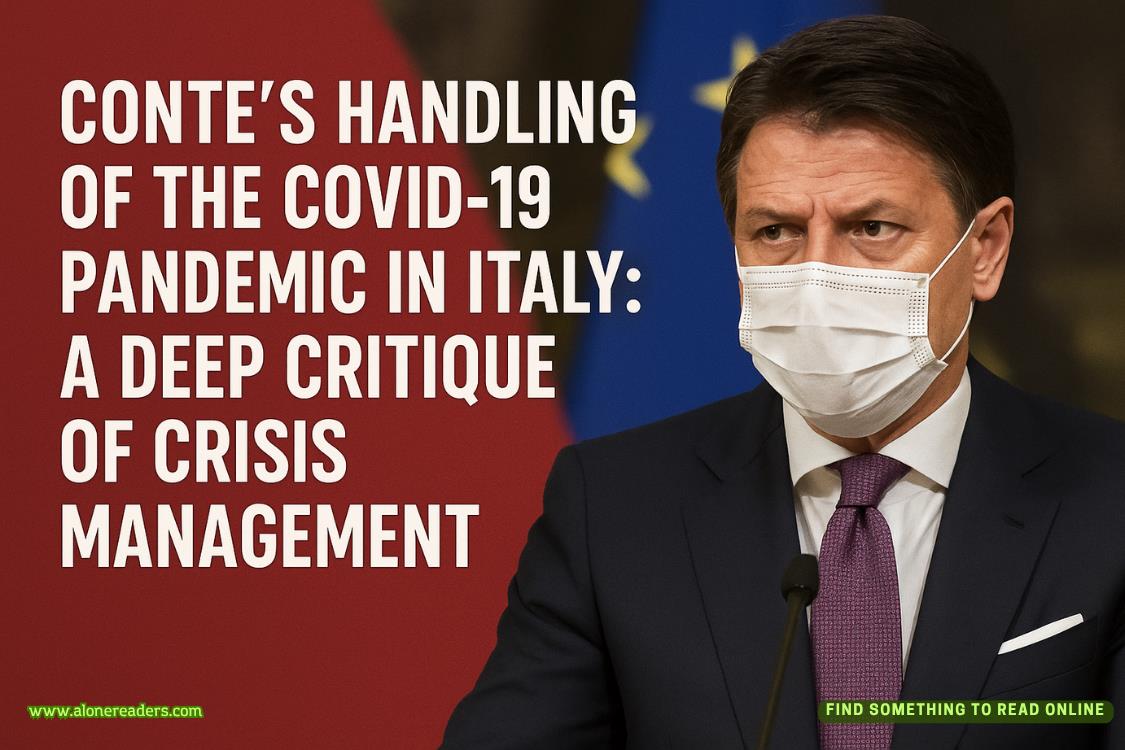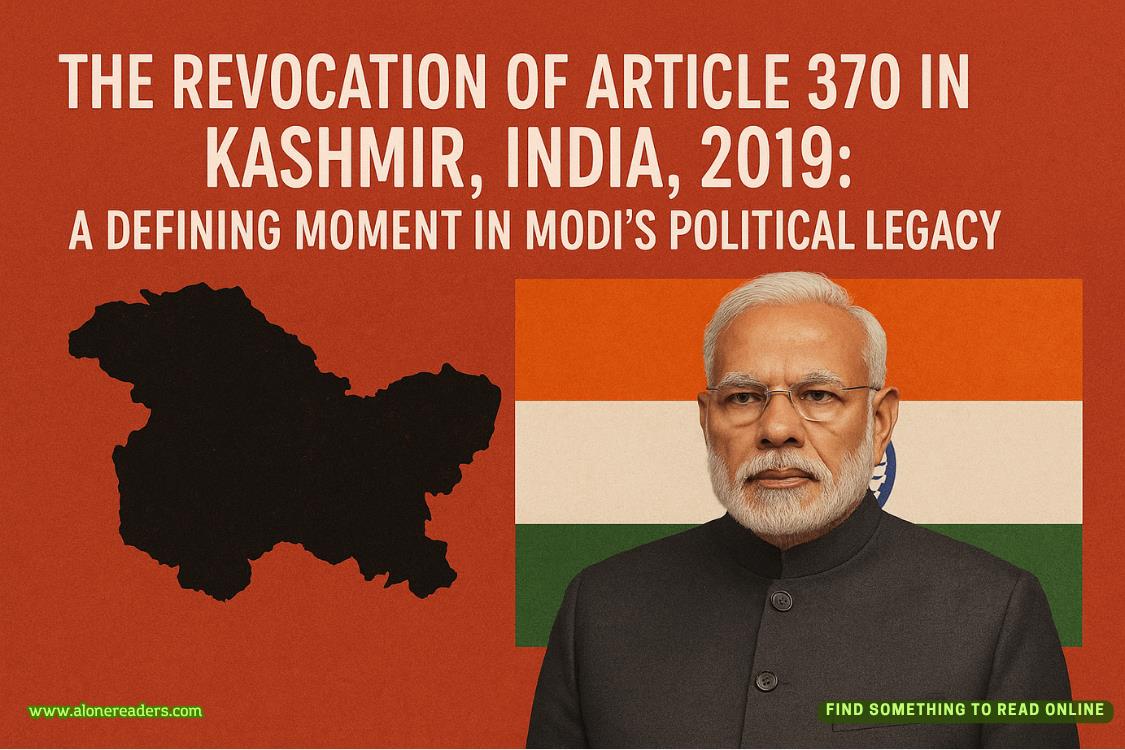Page 35 of Outbreak Protocol
Erik makes a note, adding Christa Schneider to our contact list. We thank Herr Franke and head back toward the U-Bahn, each clutching pieces of Greta's final week.
"Market investigation next?" Erik suggests.
"Definitely. If she was infected January eighth during routine shopping, other customers might show a similar timeline."
The Edeka supermarket occupies a corner position on a busy Friedrichsberg street. The manager, Frau Klein, greets us with barely concealed anxiety that suggests media coverage has reached the neighbourhood level.
"We've followed all health protocols," she insists before we'veasked anything. "Disinfection procedures, employee health monitoring, everything recommended."
"We're not investigating violations," I reassure her. "Just trying to understand one of your customer's movements during a specific timeframe."
Erik spreads his tablet on the small office desk, displaying Greta Petersen's photograph alongside our medical credentials. "January eighth, Tuesday morning. Regular customer, always shopped the same day each week."
Frau Klein relaxes slightly, consulting employee schedules. "That would be the morning shift. Klaus handles produce, Maria works checkout, Stefan manages the dairy section."
We interview each employee systematically. Klaus remembers Greta selecting apples with characteristic care, spending extra time choosing perfect specimens. Maria recalls a friendly conversation about the weather, nothing unusual. Stefan mentions Greta purchasing yogurt and asking about expiration dates.
"Anyone else seem ill that week?" I ask. "Customers coughing, employees calling in sick?"
"Actually, yes," Maria says thoughtfully. "Strange week for illness. Three regular customers mentioned flu symptoms, two employees went home early with fevers."
Erik immediately opens his laptop, beginning contact trace documentation. "Names and contact information for sick employees and customers?"
"Personnel records are confidential," Frau Klein objects.
I lean forward with practiced empathy. "We're doctors investigating a disease outbreak. Patient confidentiality allows information sharing for public health protection."
Twenty minutes later, we've identified five additional cases connected to the supermarket during Greta's shopping timeframe. Erik maps their residential addresses while I collect symptom descriptions and timeline details.
"Clustering pattern suggests common source exposure," Erikobserves, studying the geographic distribution. "All five live within a two-kilometre radius."
"Or they infected each other through brief contact in the store," I counter. "Respiratory transmission in a confined space with poor air circulation."
"Both possibilities require investigation."
The afternoon progresses through systematic contact tracing. We visit apartments and workplaces, conducting interviews with families and colleagues of early cases. Each conversation reveals fragments of information—a cough overheard on public transport, a neighbour who seemed unwell, a coworker who left early with symptoms.
Erik's analytical mind recognizes patterns that my clinical training might miss. Geographic clustering around specific transit routes. Temporal correlation between cases attending the same community events. Age distribution suggesting exposure at locations frequented by older adults.
My empathy helps witnesses remember details they might dismiss as unimportant. The way their sick relative's voice changed during their last phone conversation. Unusual fatigue that preceded fever by several days. Small behavioural changes that preceded obvious illness.
"You have a gift for this," Erik tells me as we walk between interviews. "Making people comfortable enough to share painful memories."
"Years of emergency medicine," I reply. "Reading fear, offering comfort, extracting crucial information under pressure."
He slides his hand into mine as we cross a busy street, fingers interlacing with natural ease. Physical contact has become an unconscious habit—a steadying touch during difficult conversations, protective positioning near grieving families, an automatic coordination of our movements through Hamburg's urban landscape.
"I've never had a research partner before," Erik admitsquietly. "Always worked alone, preferred statistical distance from human subjects."
"And now?"
"Now I understand why epidemiological teams exist. Combined expertise yields results neither of us could achieve independently."
The admission carries deeper meaning than professional collaboration. We've become essential to each other's functioning, an emotional support system that strengthens rather than compromises our medical effectiveness.
By evening, we've identified seventeen cases connected to early transmission clusters. Erik's laptop displays a complex network diagram showing relationships between infected individuals, shared locations, and temporal overlaps. Red lines trace the pathogen's journey through Hamburg's population with increasing precision.
"There's another pattern emerging," Erik murmurs, adjusting diagram parameters. "Early cases cluster around three locations—the Friedrichsberg market area, the St. Pauli cultural district, and the Hafencity port zone."















